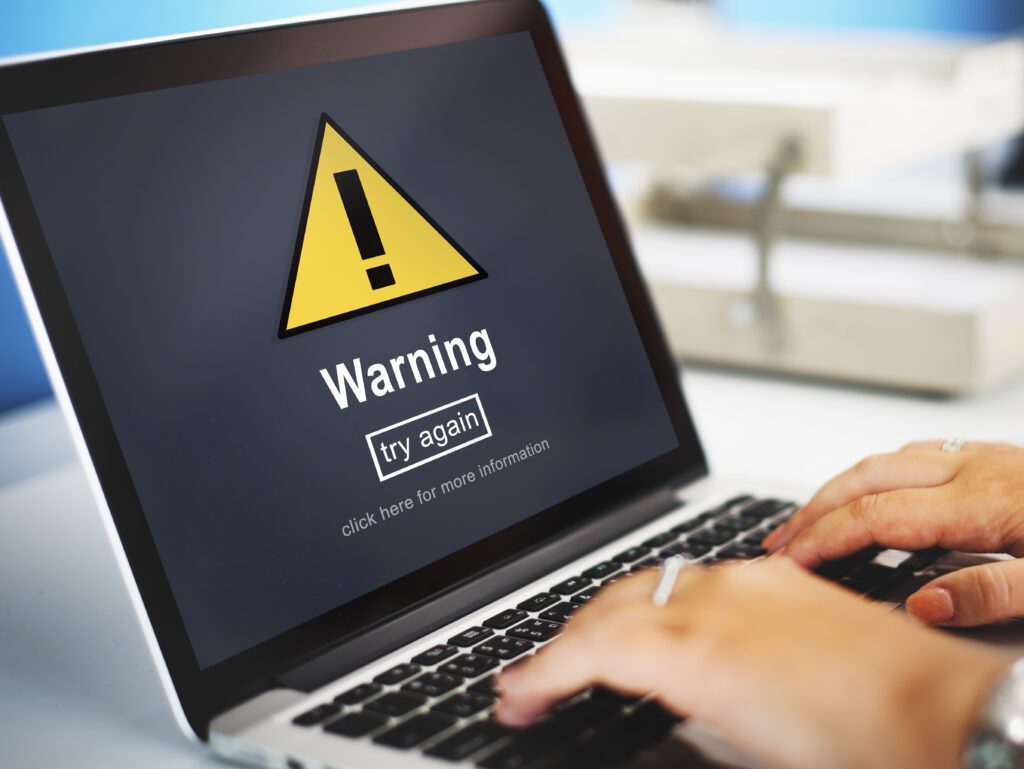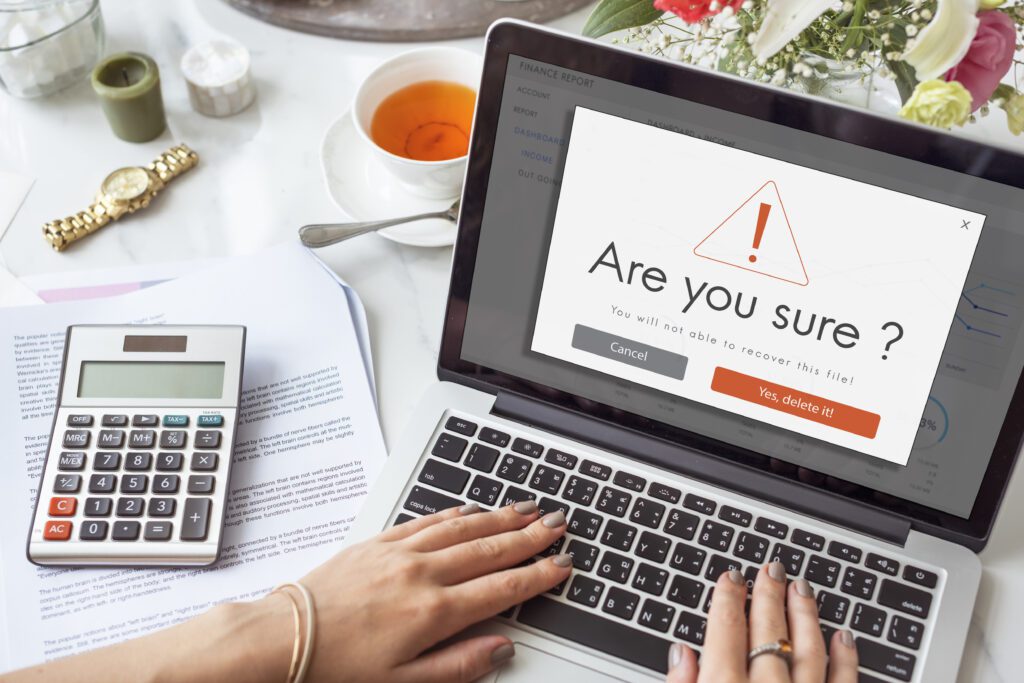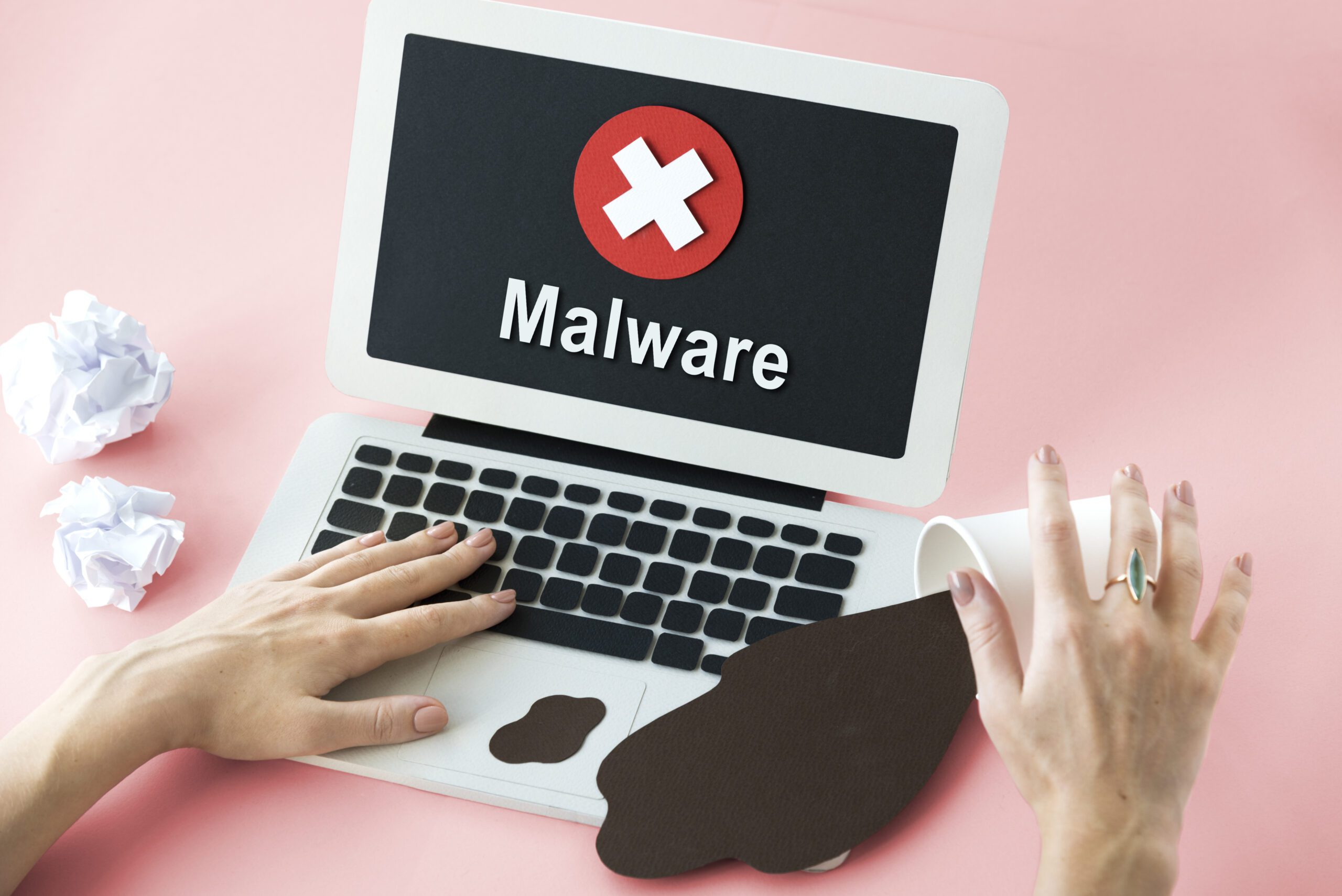WordPress is undoubtedly one of the most popular content management systems globally, powering millions of websites worldwide. Unfortunately, with its popularity comes the attention of hackers and malware developers who are constantly seeking ways to exploit vulnerabilities in WordPress websites. Malware can wreak havoc on your site, causing performance problems, data theft, and even permanent damage to your online reputation. If you suspect that your WordPress site has been infected with malware, it’s crucial to take swift action to remove it and prevent further damage. Therefore, it is essential to learn how to clean WordPress malware from your site.
What is a WordPress Malware?

Malware is malicious software that is designed to damage or disrupt your computer system. It can be spread through malicious scripts, links, or attachments and is often used to steal confidential information or disrupt website operations. WordPress is especially vulnerable to malware, as it can be used to inject malicious code into your site’s core files or to inject malicious links into posts and pages. Malware can be used to steal data, deface your site, or even completely take it offline.
Identifying Signs of a Malware Infection
Malware infections can be hard to detect, as they often manifest in subtle ways. However, there are some signs that you can look out for that may indicate a malware infection on your WordPress site. These include:
• Unfamiliar pop-ups or redirects
• Slow or unresponsive pages
• Spam links or advertisements
• Suspicious files or folders
• Inability to log in to the WordPress dashboard
• Unauthorized code injections
• Suspicious files or folders
• Malicious redirects or pop-ups
• Spam messages or emails
How to Clean WordPress Malware
Once you have identified the signs of a malware infection on your site, the next step is to clean WordPress malware. This may involve manually deleting malicious files and code, or it may require the help of a security plugin or professional.
Here is a step by step guide:
1. Backup Your Site: The first step to clean WordPress malware is to make sure that you have a full and recent backup of your site. This will allow you to restore your site to a clean version in case anything goes wrong during the cleaning process.
2. Scan Your Site: Once you have a full backup of your site, you can use a malware scanner to check for malicious code. Some scanners are available as plugins that you can install on your WordPress site, while others are available as standalone programs.
3. Remove Malicious Files: Once you have identified any malicious files or code, you will need to remove them from your site. You can do this manually by deleting the files, or you can use a plugin to automate the process.
4. Secure Your Site: Once you have removed the malware from your site, it is important to take steps to secure it against future attacks. This includes updating WordPress to the latest version, strengthening passwords, and installing a security plugin.
5. Contact Your Host: After you clean WordPress malware and securing it against future attacks, it is important to contact your web host and let them know that your site was infected with malware. They may be able to provide additional assistance in securing your site.
Manually Clean WordPress Malware
The first step to clean WordPress malware from your WordPress site is to identify the source of the infection. This involves searching the core files, plugins, and themes for any malicious code or files. If you find any suspicious code, delete it and then scan the site with a security plugin.
Using a Security Plugin to Clean WordPress Malware
If you’re not comfortable manually cleaning the malware from your WordPress site, you can use a security plugin to do the job. Security plugins are designed to detect and clean malware from your WordPress site quickly and easily. Popular security plugins include Sucuri Security, WordFence, and MalCare.
Using a Professional to Clean Malware
If you’re still unable to identify and clean the malware from your WordPress site, you may need to enlist the help of a professional. Professional malware removal services can identify and clean malware from your WordPress site quickly and efficiently, ensuring that your site is safe and secure.
Hardening Your Site: Preventing Future Malware Infections

Once you’ve cleaned the malware from your WordPress site, it is important to take steps to prevent future infections. This involves hardening your site to make it less vulnerable to attack.
Here are some steps you can take to harden your site against malware:
1. Update WordPress: Make sure that your WordPress core, plugins, and themes are always up to date. Outdated software can create vulnerabilities that can be exploited by hackers.
2. Strengthen Passwords: Change all of your passwords to strong, unique passwords that are difficult to guess.
3. Install Security Plugins: Install security plugins such as Sucuri Security or WordFence to monitor your site for malicious activity and block suspicious traffic.
4. Disable File Editing: Disable the file editing feature in WordPress to prevent hackers from being able to edit your files.
5. Restrict User Access: Restrict access to your WordPress site by only granting user accounts to people who need them.
6. Implement Two-Factor Authentication: Implement two-factor authentication to add an extra layer of security to your WordPress site.
7. Monitor Your Site: Monitor your site regularly for signs of suspicious activity or malware infections.
By following these steps, you can help ensure that your WordPress site remains secure and free of malware.
Conclusion
Cleaning malware from your WordPress site can be a daunting task, but it’s crucial to act quickly to protect your site from further damage. Remember, prevention is always better than cure, so it’s essential to take proactive steps to protect your WordPress site from malware. Therefore, keep your site updated, use strong passwords, and install security plugins to help detect and prevent attacks.

